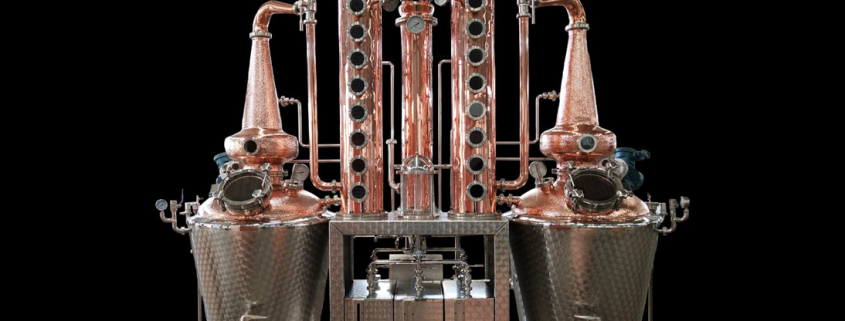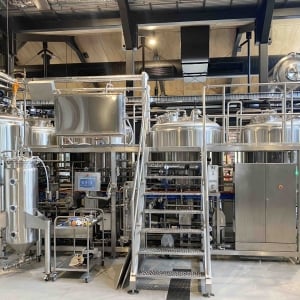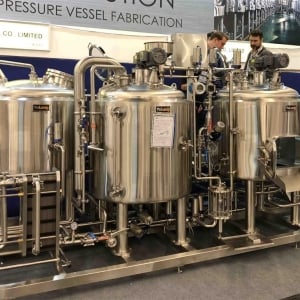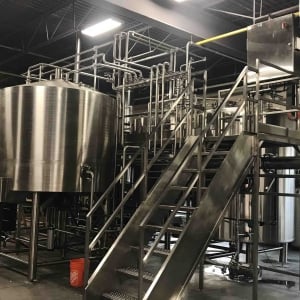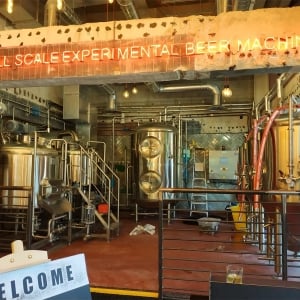7 BBL Stackable Fermenters for Craft Breweries
7 BBL stackable fermenters are a popular fermentation vessel choice for small to mid-size craft breweries producing up to 2,000 barrels per year. With a capacity of 7 barrels or 217 gallons, these cylindrical tanks allow efficient fermentation of typical batch sizes. Stackable configurations also save floor space.
This guide provides a detailed overview of 7 BBL stackable fermenter options, features, customization, installation and operation for craft brewers looking to optimize their fermentation capacity.
Key Benefits of 7 BBL Stackable Fermenters
Some of the main advantages of 7 BBL stackable fermenters include:
- Space saving – With multiple units stacking vertically, the footprint is reduced. Less floorspace is needed compared to same total capacity in larger single tanks
- Flexibility – Stacked units allow splitting batches across more fermenters for variety
- Expandability – Additional stacked tanks can be easily added later to increase capacity
- Cost saving – Smaller individual vessels can have lower upfront costs for the same volume as one huge tank
- Customization – Stackable configurations allow tailoring tank counts and layouts to unique space constraints
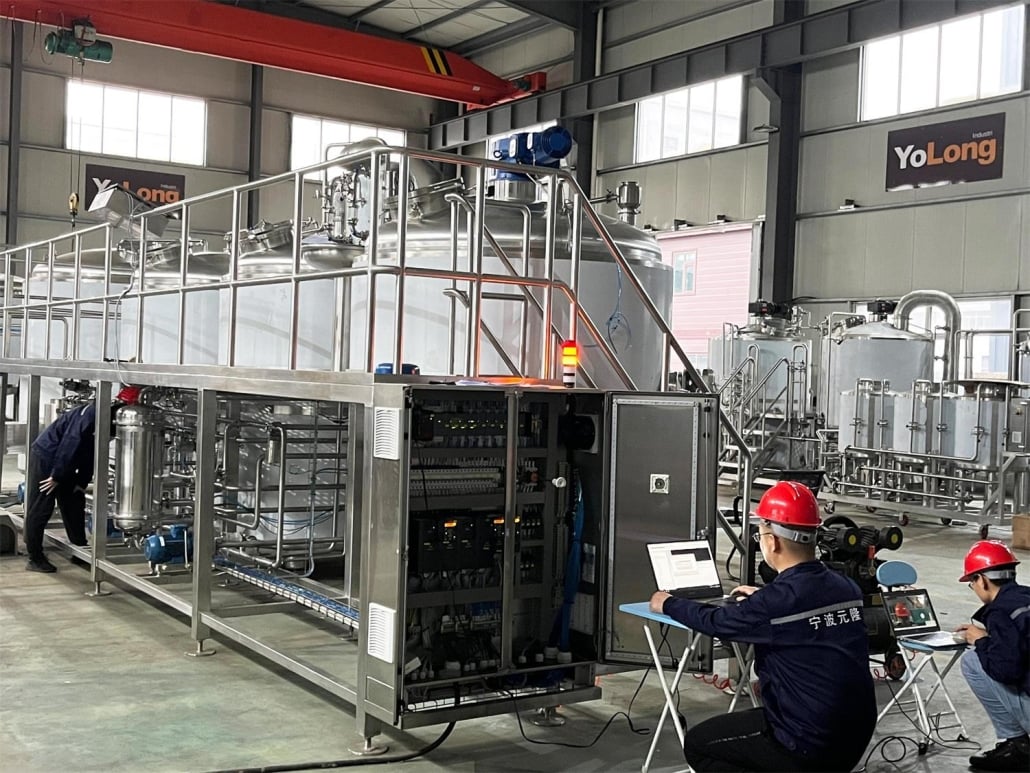
Types of 7 BBL stackable fermenters Designs
There are two main types of stackable fermenter designs:
Vertical Stack Tanks: Cylindrical vessels that sit vertically and stack directly on top of each other with integrated stackable frames and access manways. Come in both insulated and uninsulated versions.
Modular Cube Tanks: Cuboid shaped tanks that interlock together horizontally like Lego blocks. Uninsulated only. Pack in together to assemble a compact cube-style stacked block.
| Design | Pros | Cons |
|---|---|---|
| Vertical Stack | Structural strength from integrated frames, smaller footprint | Height constraints, manway access limitations with multiple stacks |
| Modular Cube | Interlocks provide inherent structural stability, no frame needed | Larger footprint than vertical, restricted expandability |
Key Specifications for 7 BBL Stackable Tanks
| Parameter | Details | |
|---|---|---|
| Capacity | 7 BBL = 217 gallons = 822 liters | |
| Dimensions | Diameter: 33-36 inches <br> Height: 84-96 inches per tank | |
| Material | Stainless Steel – grade 304 or 316 | |
| Construction | Fully welded and polished | |
| Manways | 12-16 inch diameter opening | |
| Pressure Rating | Up to 15 PSI | |
| Insulation | 1-2 inch spray foam (optional) | |
| Cooling | Glycol jackets (optional) | |
| Temperature Range | 32°F to 80°F | |
| Stacking Load | Up to 10 high (design dependent) | |
| Power | 208V, 30 to 60 amp single phase | |
| Utility Connections | CIP sprayball, sample valve, thermowell, pressure relief valve, sight glass |
Customization Options
7 BBL stackable fermenters allow for the following common customizations:
| Area | Customization Options |
|---|---|
| Capacity | 5BBL, 7BBL, 10BBL, 15BBL etc |
| Number of Vessels | As many as can structurally fit space and height |
| Layout | Linear rows, blocks, L-shape, U-shape, height pyramids etc |
| Material | Stainless Steel grade – 304, 304L, 316, 316L etc |
| Construction | Smooth vs dimpled interior, rounded bottom vs cone bottom |
| Connections | Number, size, tri-clamp vs threaded etc |
| Insulation | Single vs double wall, foam type and thickness |
| Temperature Control | Glycol/steam jacketing, heat exchanger vs cooling pads etc |
| Electrical | Control panels, automation interfaces, voltage etc |
| Fabrication | Welds, surface finish, legs, lifting points, ladders etc |
Budget, space constraints, production requirements all impact what customization make sense. Work with tank fabricators to optimize the configuration.
Top Suppliers of 7 BBL Stackable Fermenters
| Supplier | Location | Price Range |
|---|---|---|
| JV Northwest | Canby, Oregon USA | $7,500 to $13,000 per 7BBL tank |
| Stout Tanks | Portland, Oregon USA | $8,000 to $15,000 per 7BBL tank |
| ABS Company | Milwaukee, Wisconsin USA | $9,000 to $18,000 per 7BBL tank |
| Spike Brewing | Villa Rica, Georgia USA | $10,000 to $20,000 per 7BBL tank |
| Superior Stainless | Morris, Minnesota USA | $12,000 to $22,000 per 7BBL tank |
Pricing can vary widely depending on level of customization so get quotes before deciding. Many additional domestic and import suppliers are available as well.
Installation, Operation and Maintenance
Proper installation, operation and cleaning procedures are vital for 7 BBL stackable fermenters to maximize production efficiency and longevity.
Installation
- Level concrete flooring required
- Leave 36+ inches clearance around tanks for access
- Proper ventilation for heat dissipation
- Facilitate draining to central trench
- Certified electrician to wire control panels
Operation
- Follow manufacturer SOPs for filling, fermentation, draining
- Maintain fermentation temperatures
- Use glycerin/glycol to prevent freezing
- Monitor WWTC blowoffs and clogging
Maintenance
- Interior and exterior CIP after each use
- Check and replace gaskets every 5-10 batches
- Inspect fittings, valves, sensors periodically
- Check calibration of sensors and instruments
Following best practices avoids contamination and equipment damage over long-term operation.
How to Select the Best 7 BBL Stackable Fermenter
Choosing the right 7 BBL stackable fermenter depends on business objectives, production scale, and budget. Use the following criteria during selection process:
| Parameter | Selection Criteria |
|---|---|
| Budget | Get quotes from multiple vendors for desired customization |
| Production Scale | Estimate max batches per week, and peak capacity need |
| Space Constraints | Height, width and clearance limitations |
| Design Needs | Insulation, glycol cooling, automation, other features |
| Expandability | Ability to add more stacks in same footprint later |
| Lead Time | Choose shortest acceptable timeframe |
| Location | Domestic vs overseas shipping costs/time |
| Reputation & Experience | Research vendor quality and service record |
Prioritizing criteria weighted as per brewery goals allows choosing optimum 7 BBL stackable fermenters.
Pros and Cons of 7 BBL Stackable Fermenters
| Pros | Cons |
|---|---|
| Lower upfront capital investment | Tricky access for stacked higher tanks |
| Save significant floorspace | Stacking weight limits total number of vessels |
| Simplified scaling up production | Repeated handling risk of scratches, dents |
| Avoid duplication of refrigeration/glycol | Draining/CIP complexity goes up for stacked rows |
| Flexible batch splitting across vessels | Height constraints may exist in brewhouse |
The pros generally outweigh the cons for most craft breweries when planned properly.
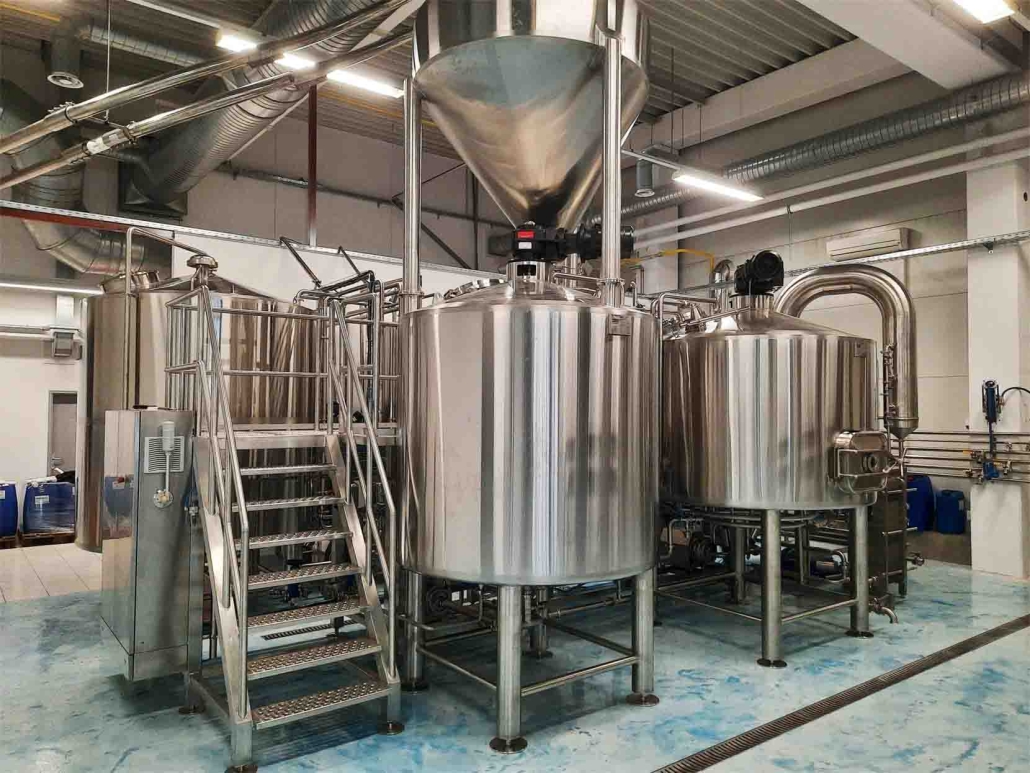
Frequently Asked Questions
Q: What is the typical brewhouse size appropriate for 7 BBL fermenters?
A: Generally a 3.5 BBL or 7 BBL brewhouse balanced for the fermenter capacity.
Q: Can multiple types of beers be fermented simultaneously in 7 BBL stacks?
A: Yes, batches can be split across stacks for fermenting ales, lagers etc in parallel.
Q: Do 7 BBL stackable fermenters require any structural enhancements?
A: Potentially, if many units are stacked very high. Engineer assessment of floor loading recommended beyond 6-8 stacks.
Q: What throughput can 7 BBL stacked fermenters handle in a brewery?
A: Up to 2500 barrels annually if fermenting daily full capacity with efficient yeast pitching and turnover.

